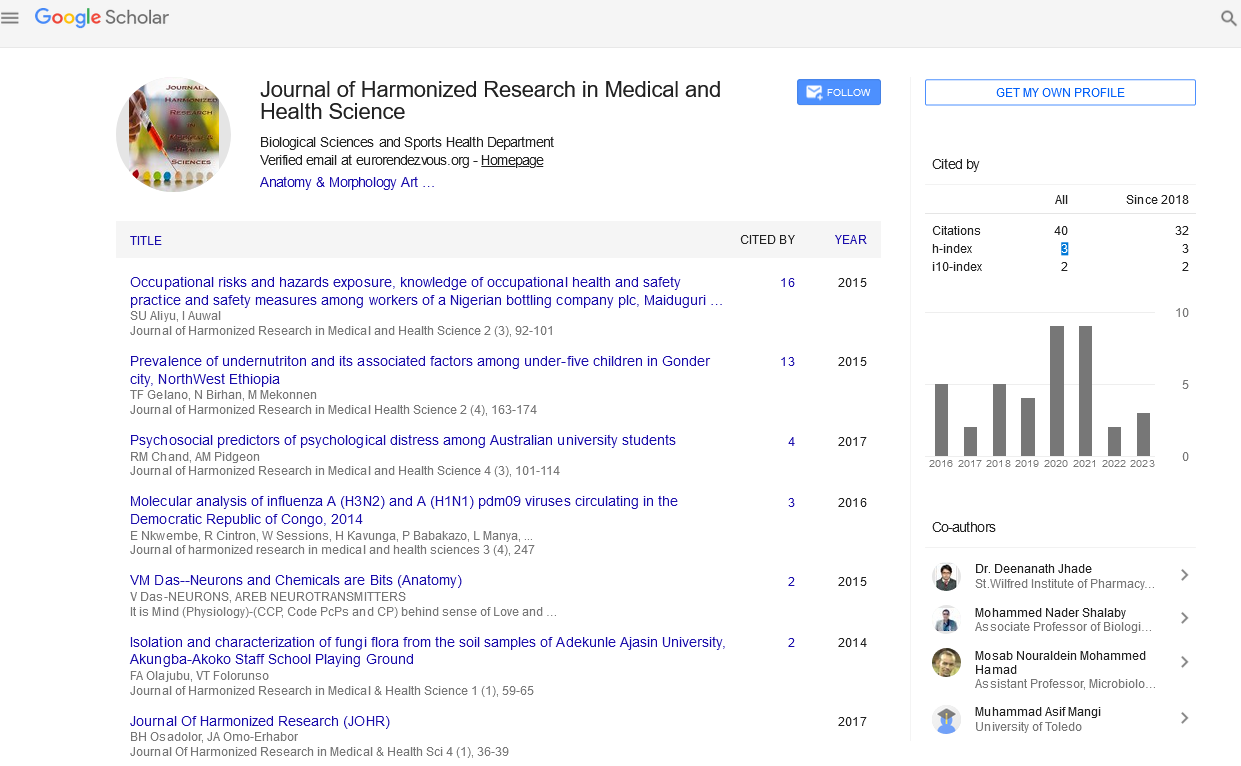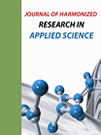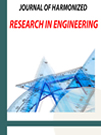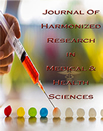MOLECULAR ANALYSIS OF INFLUENZA A (H3N2) AND A (H1N1) PDM09 VIRUSES CIRCULATING IN THE DEMOCRATIC REPUBLIC OF CONGO, 2014
Abstract
Author(s): Edith Nkwembe, Roxana Cintron*, WendySessions, HugoKavunga, PelagieBabakazo,LéonieManya, Jean Jacques Muyembe.
Background: Very little is known about influenza viruses circulating in the Democratic Republic of Congo (DRC). We aim to characterize genetically and antigenically Influenza A (H3N2) and A (H1N1) pd m09 viruses circulating in the country. Methods: From August to December 2014, specimens were collected from patients with influenza like-illness (ILI) or severe acute respiratory infection (SARI) in various surveillance sites. Specimens were tested using real time reverse transcription polymerase chain reaction (RT-PCR) method for the detection of influenza viruses. Positive influenza samples with a cycle threshold (Ct) <30 were genetically and antigenically characterized. Results: 32 samples tested were found positive to influenza A with Ct<30. At CDC Atlanta, 28 out of 32 samples (88%) were tested positive for influenza A virus, including 26 seasonal influenza A viruses subtype H3N2 and 2 pandemic influenza A viruses subtype H1N1pdm 2009. The majority of influenza A (H3N2) viruses were antigenically related to the A/Switzerland/9715293/2013 vaccine virus, while two influenza A (H1N1) pdm09 isolates were antigenically characterized as A/California/07/2009-like. All A (H3N2) and A (H1N1) pdm09 virus isolates characterized were sensitive to oseltamivir and zanamivir. Conclusion: Two genetically distinct influenza subtypes were co-circulating in the DR Congo. Effective measures against influenza have been suggested.










